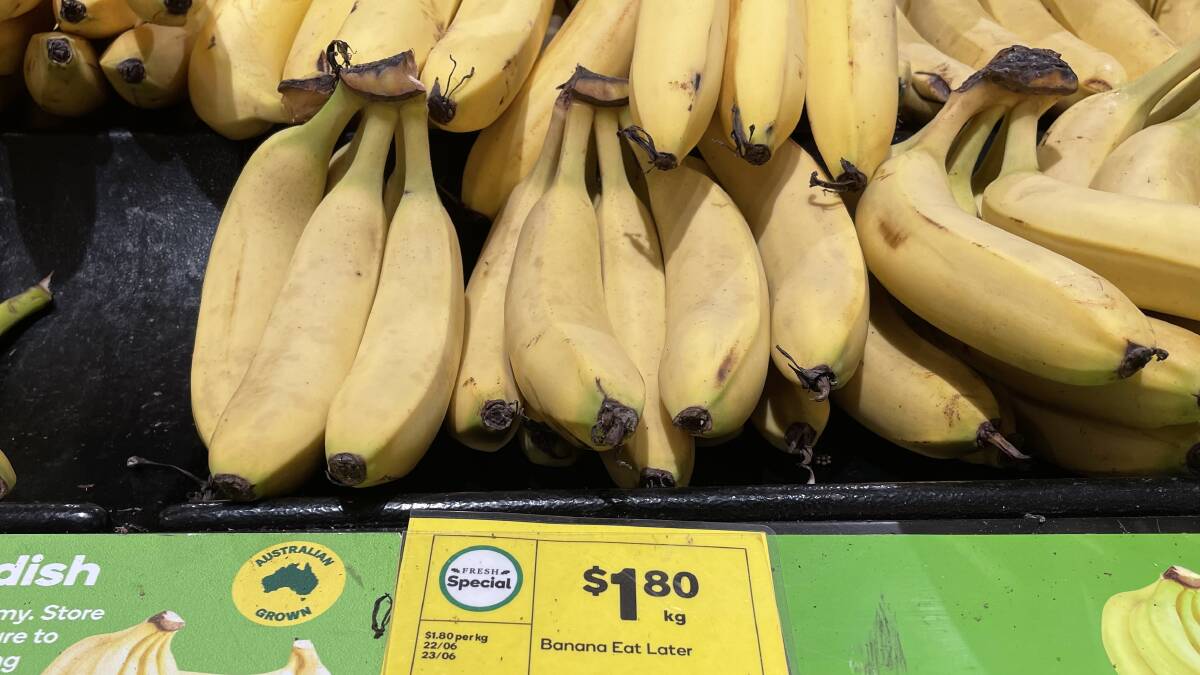
Soaring costs are threatening to "finish off" some Queensland fruit and vegetable growers this year, industry bodies and fellow producers are saying.
The rising cost of fuel, transport, fertiliser and chemicals has combined with increasing labour costs and floods to bring farmers to their knees.
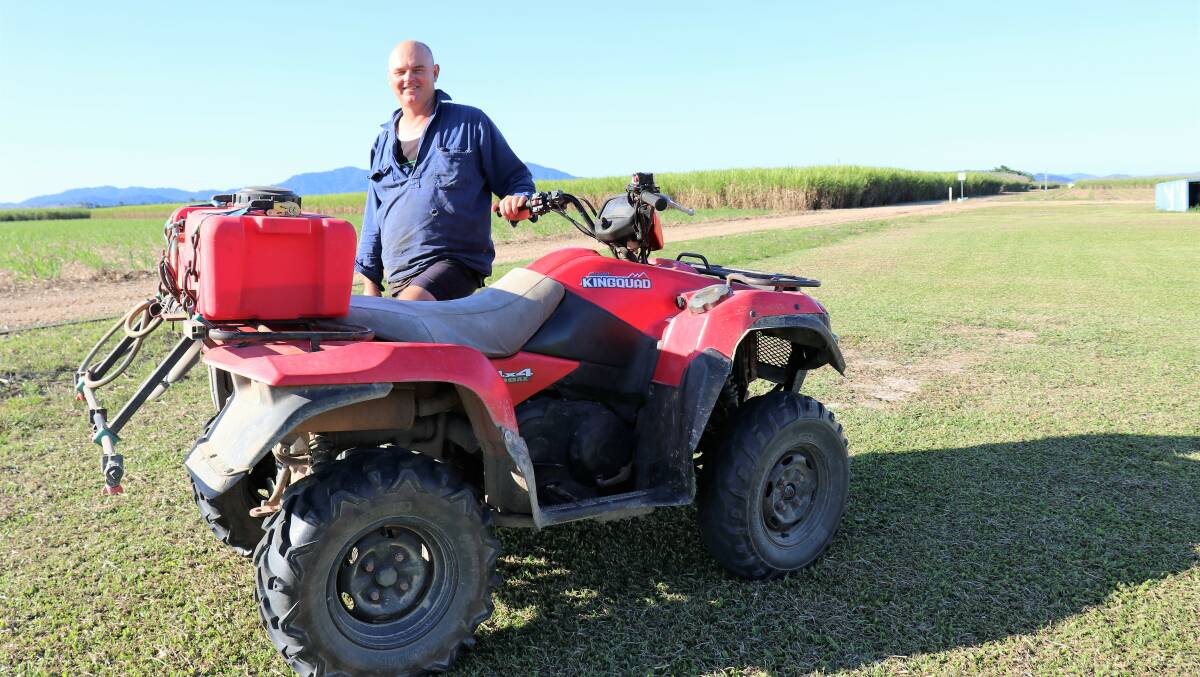
Australian Banana Growers' Council deputy chair and Tully grower Leon Collins said some banana growers were barely staying afloat.
"They're hanging on and they're really worried and concerned," Mr Collins said.
Banana growers get paid per 13kg carton and with the price sitting at $20, Mr Collins said it wasn't enough to break even.
"[We've been receiving] below cost of production since October. Growers are hurting and they're hurting big time," he said.
"We thought the cost of production was about $24. Now, chemicals like glufosinate have had a 180 per cent increase, fertiliser has gone up 120 - 180 per cent and fuel's gone up.
"We'd rather them be $30, not $20. Every box you've got leaving down the powered rollers, you can say that's minus $4.
"We need higher returns now. We just have to have it. It's a sign of the times."
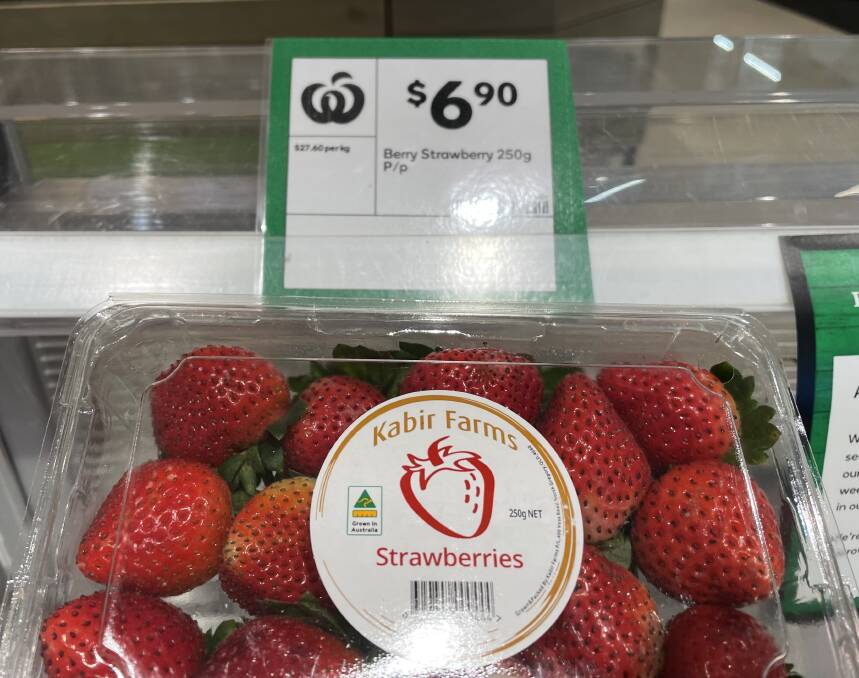
Queensland Strawberry Growers' Association president and Caboolture-area farmer Adrian Schultz said cost increases in his sector had been exacerbated by the extended wet weather.
"It's been probably one of the worst starts to the season that we've had," Mr Schultz said.
"Our runners were planted eight weeks ago and we had that four to six-week period of rain and it virtually destroyed the whole first flush."
Mr Schultz said every region in Queensland has had similar problems, from Bundaberg and the Sunshine Coast to Moreton Bay.
Production is slowly coming back on board, but he said most people couldn't see full production coming back on for at least another three to four weeks.
"This will probably finish off a few strawberry farmers this season," Mr Schultz said.
"We lost a few from last year and I just don't know where people have got the cash flow to keep operating. I was going to say a double whammy, but it's more like a quadruple whammy across the board."
Mr Schultz said farmers were struggling to maintain their staff and keep them employed with very little work and very little cash flow.
"I know there are farmers out there paying people money just to do nothing because they know that eventually the strawberries will come on, and if they don't have enough staff, they won't be able to pick them."
And while strawberries are $6.90 a punnet at the supermarket, that's not all making it back to the farmer.
"If you're paying $7 for a punnet of strawberries, it's not getting the farmer rich. It's probably barely covering the costs of production at the moment."
In September 2021, his production costs were $1.30 to $1.50 a punnet and he was getting paid $1 a punnet. He estimates it will rise to $1.50 - $2.
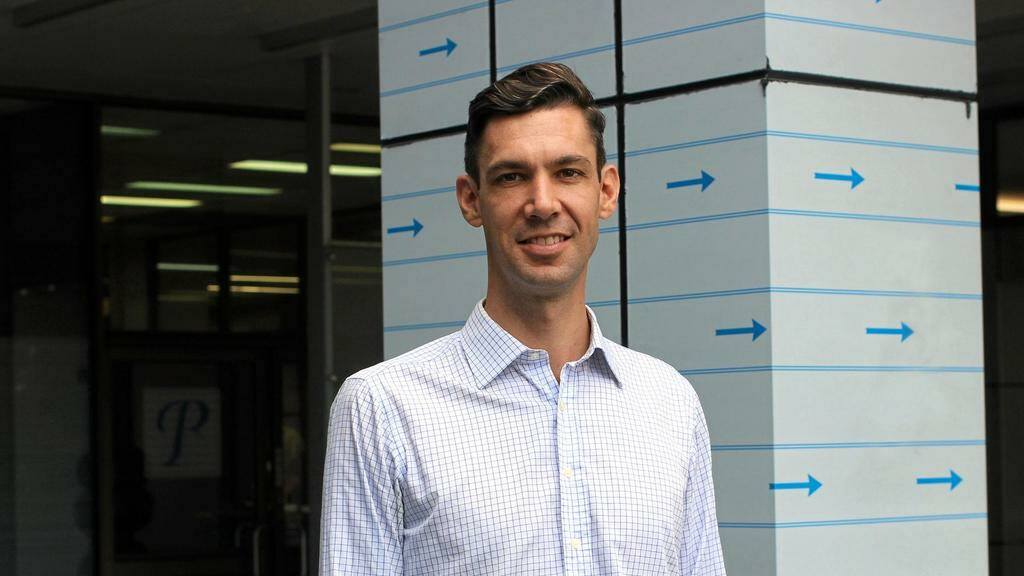
Peak horticulture body Growcom's acting CEO Richard Shannon said there were some general impacts across the whole industry.
"The prolonged La Nina event that has only just finished up caused an amount of disruption in production, particularly in southern Queensland, but also as far north as Bowen," Mr Shannon said.
"In some cases, in the Lockyer Valley, some farmers have had crops wiped out three times in a row.
"That has resulted in short term spikes in prices for things like lettuces and strawberries but also a number of other crops, particularly vegetable crops."
Mr Shannon said some commodities also had their own issues influencing price and supply.
"There are supply dynamics in those industries which means that growers are unable to pass through those costs as well as what they might like," he said.
"There's currently a large amount of avocados that's been coming online and that, in turn, is affecting the price and ability of growers to negotiate and see an increase for the extra money they're spending on production."
With unemployment at an all time low and backpacker numbers at an all time low at 15,000 (130,000 pre-COVID), he said it was important to emphasise the enormous shortfall in seasonal labour.
"Growers don't have confidence in being able to secure enough labour to allow them to plant what they would normally and that is absolutely having an impact on decisions growers are making and have made and that also explains some of the supply and price pressures we're witnessing.
"Growers are electing to grow less and also shift their production away from labour intensive crops."
Growcom intends to continue to impress upon the new federal government the need for a Visa program that met the unique needs of the industry.
"We do appreciate a new government will need time. A new minister will need time to get across a portfolio. We would suggest to the new Minister Watt that plugging this shortfall in seasonal labour hopefully is at the very top of his priority list," Mr Shannon said.
"As far as industry is concerned, it couldn't happen soon enough."
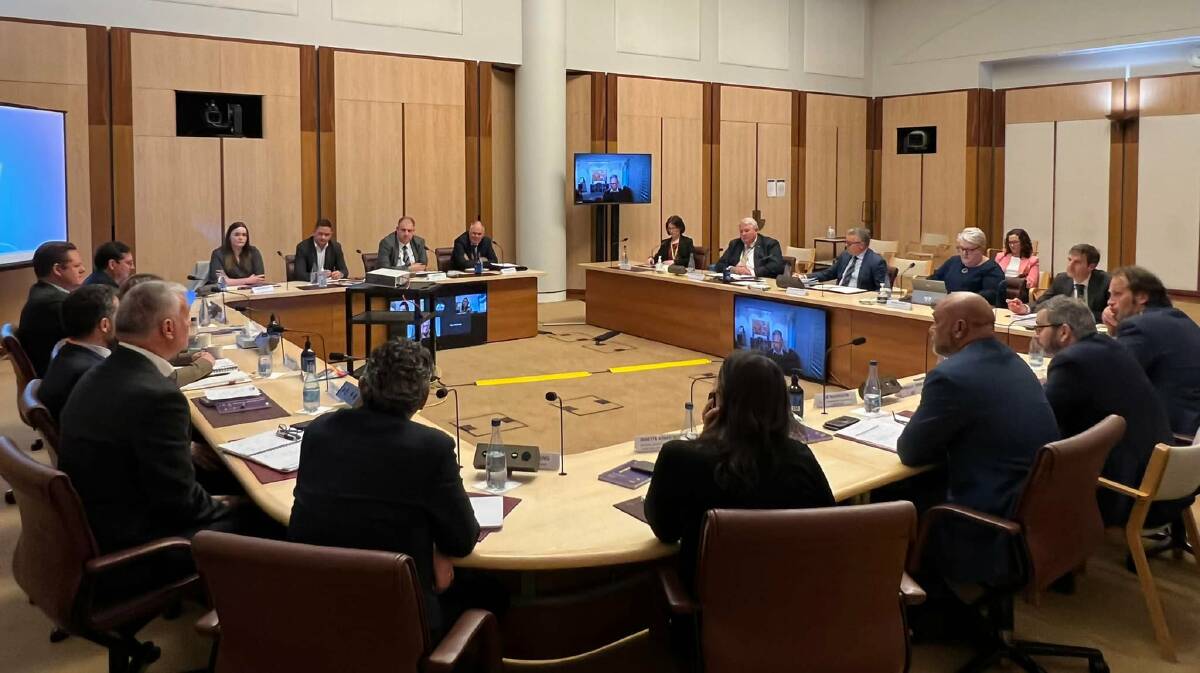
Federal Agriculture Minister Murray Watt held the first industry round table with meat, crop, horticulture, union and First Nations leaders at Parliament House on Tuesday to talk through industry opportunities and challenges.
Mr Watt said his government understood farmers needed access to workers and they were "working hard to help".
"There's no single solution to meeting workforce needs, but it begins with training Australians for careers in the industry," Mr Watt said.
"We committed to invest more in training locals for industries with workforce shortages, after years of cuts from the Morrison Government."
Mr Watt said he also recognised that agriculture has had a longstanding need for overseas workers.
"That's why we'll be working with the industry to improve the PALM (Pacific Australia Labour Mobility) scheme to make sure farm businesses can access Pacific workers, particularly to fill seasonal jobs.
"There's a work-ready pool of 52,000 workers ready to go in the Pacific, plus over 24,400 Pacific and Timorese workers currently in Australia. We should make use of these workers as quickly as possible."
Mr Watt said beyond PALM, there were multiple visa pathways through which the agricultural sector could source the workers they needed, including in semi-skilled and skilled roles.
"I am open to hearing from all groups, including industry, farm groups, employers and unions, about solutions that will help to address our workforce challenges, and also look forward to coming up with more ideas at the government's Jobs and Skills Summit later this year."
Read more


